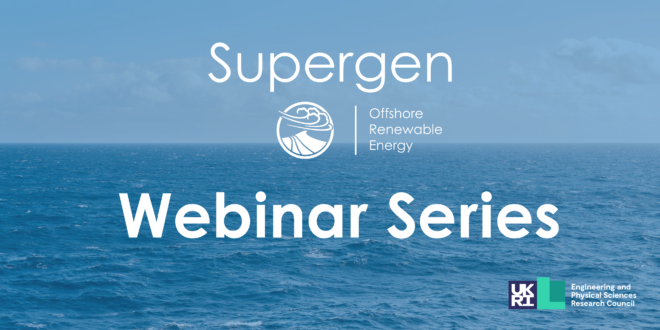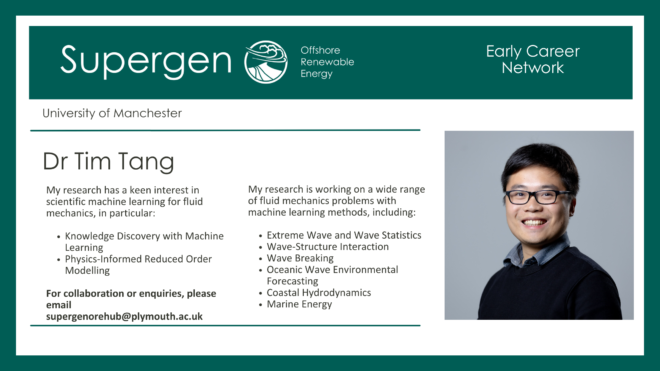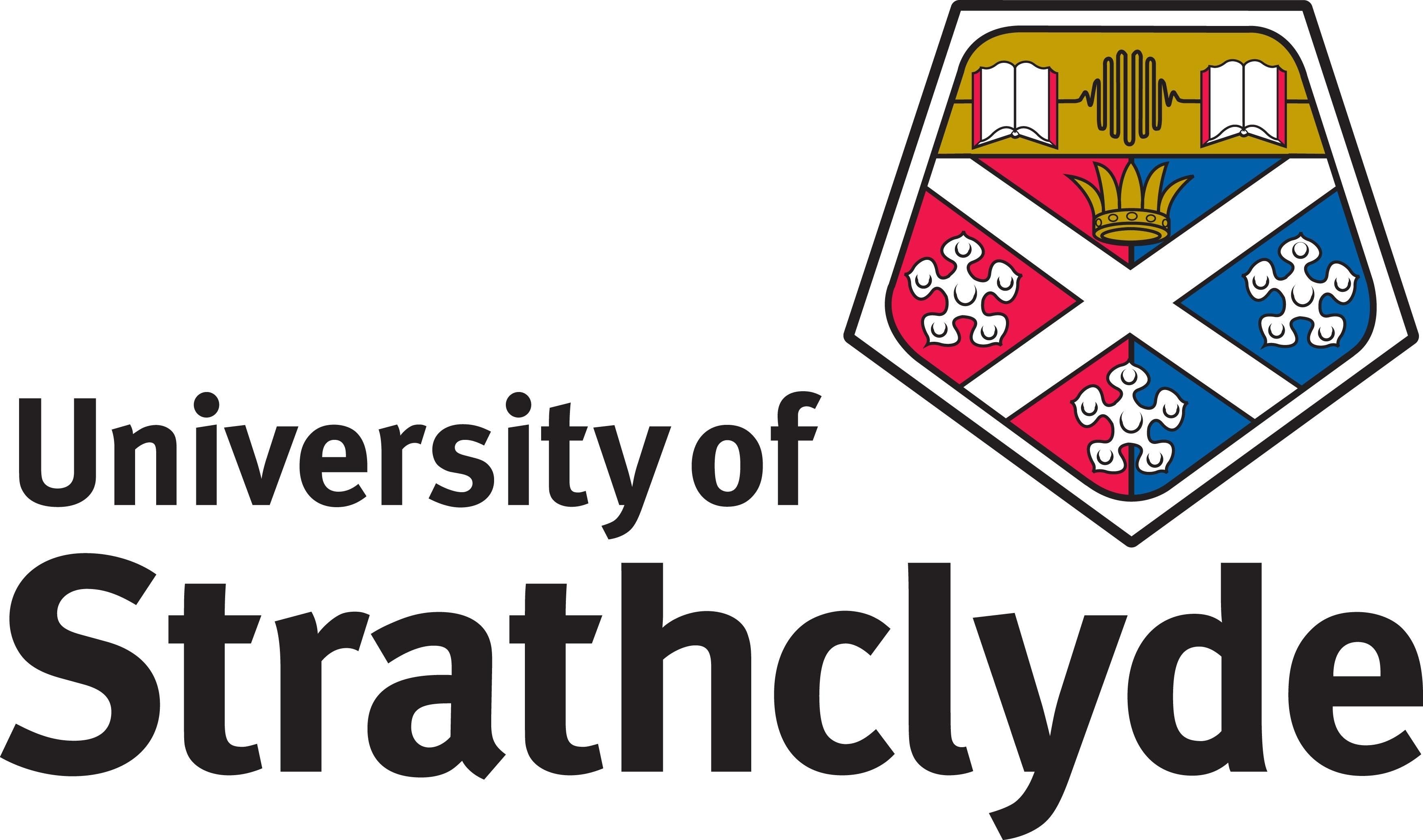The research strategy of Supergen Offshore Renewable Energy Hub has highlighted that enhancing availability and reliability of offshore wind turbines while reducing levelised cost of energy (LCOE) is an important but challenging task. A digital twin-enhanced O&M strategy entails creating novel optimisation solutions that use condition monitoring data collected from multi-source sensors (physical to digital) to provide decision makers with predictive maintenance decisions (digital to physical), thereby realising the digitalisation loop. This project conducts innovative and interdisciplinary research that contributes to solving two important research questions in digital twin-enhanced O&M: 1) how to use multi-source condition monitoring data for failure prediction of critical components; 2) how to make predictive maintenance decisions to lower O&M costs while increasing availability and reliability. LSTM-attention methods are used to perform Remaining Useful Life (RUL) prediction on Supervisory Control and Data Acquisition (SCADA) data and vibration signals. The prediction results are fused at the decision-level to achieve more reliable and stable predictions.
A predictive maintenance strategy using a Tow to Shore (T2S) implementation manner will be developed considering operational environment of floating wind turbines. A multi-objective optimisation is performed to determine the optimal threshold for predictive maintenance, aiming to reduce O&M costs and enhance reliability and availability. This research actively contributes to reducing LCOE and enhancing the competitiveness of floating wind technology.











